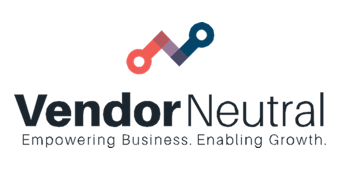Unlocking Sales Technology Potential with Vendor Management | Vendor Neutral
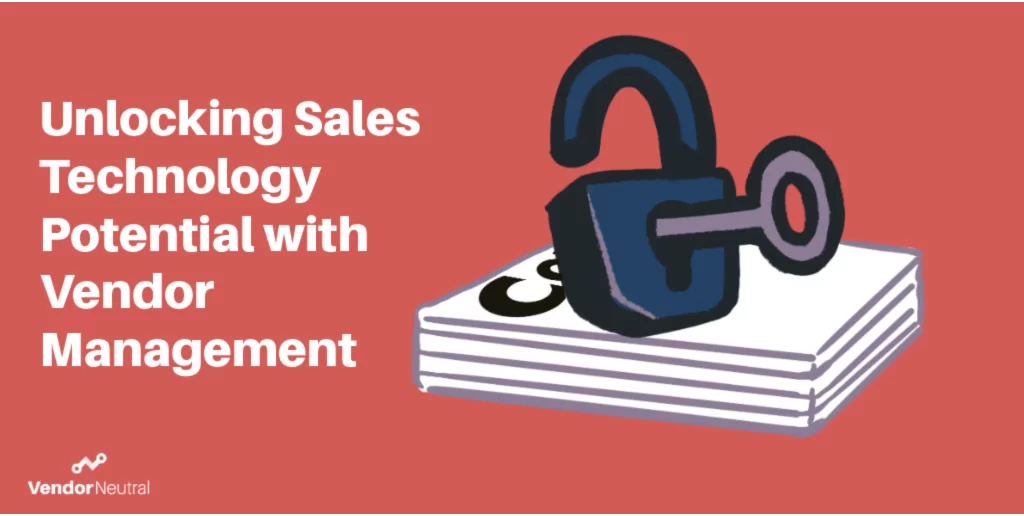
Unlocking Sales Technology Potential with Vendor Management
In today’s rapidly evolving business landscape, organizations face a significant challenge: leveraging sales and marketing technology to enhance growth, streamline operations, and provide exceptional customer experiences. Consultancies like Vendor Neural specialize in guiding businesses through this complex journey and navigating the technology landscape. They help their clients by focusing on critical areas such as defining internal requirements, process development, technology selection, vendor management, reducing their client’s total cost of ownership, improving onboarding strategies, and optimizing long-term return on investment (ROI).
Technologically Adept Organizations vs. Struggling Entities:
We often encounter organizations at opposite ends of the spectrum in sales technology. Technologically adept organizations, particularly SaaS technology vendors, have established robust processes, sophisticated tools, and a clear sales and marketing technology strategy. They understand the importance of adopting cutting-edge solutions to gain a competitive advantage, enhance customer engagement, and drive revenue growth.
On the other hand, struggling entities often need a cohesive strategy and need help to align their processes with technology solutions. These organizations grapple with manual processes, outdated tools, and a need for more clarity on optimizing their sales and marketing efforts. However, it’s important to note that every organization, regardless of its current state, has the potential to transform and thrive in the digital era.
Where to Start?
Stakeholder Requirements:
Effective utilization of sales technology starts with a clear understanding of stakeholder requirements and well-defined goals. Recognizing that each organization has unique objectives and stakeholders’ needs is vital. Begin by engaging in a collaborative process to identify these needs comprehensively. Doing this will ensure that the chosen strategies and tools resonate with your organizational vision by aligning technology with specific requirements and objectives.

SAAS Vendor Management:
Successful SaaS vendor management plays a pivotal role in realizing the full potential of sales and marketing technology. A well-managed vendor relationship ensures that organizations have access to the right tools, receive timely support, and stay updated with emerging trends or updates to the tech. You should continually evaluate your current vendor relationships and renegotiate contracts based on your current needs and usage. Tech consultancies like Vendor Neutral will guide you by continually evaluating your current tech stack and selecting the most suitable solutions based on your current needs and usage. They should continuously make recommendations on how to reduce licensing or eliminate unused or underutilized solutions.
SaaS Vendor management, which involves effectively managing and optimizing your relationships with software-as-a-service (SaaS) vendors, offers several advantages for organizations:
- Cost Control: Managing your SaaS Vendors helps control costs by ensuring that you only pay for the licenses and features you need. It helps prevent over-licensing or unnecessary subscriptions, saving your organization money.
- Optimized Spending: By evaluating your SaaS vendor relationships, you can identify opportunities to negotiate better contract terms, secure volume discounts, or eliminate redundant tools. This optimization results in more efficient spending and increased savings.
- Vendor Selection: Vendor management aids in selecting the most suitable technology. It ensures the solutions align with your needs, goals, and compliance requirements, improving your investments’ value.
- Improved Vendor Relationships: Effective management fosters better relationships with SaaS vendors. This can lead to improved support, quicker issue resolution, and access to valuable updates and enhancements.
- Enhanced Security and Compliance: Managing vendors includes assessing their security measures and ensuring they comply with industry regulations. This helps mitigate security risks and ensures data compliance.
- Streamlined Workflows: SaaS management helps streamline workflows by integrating various technologies and platforms more efficiently. This reduces data silos and improves overall business processes.
- Scalability: SaaS management can help you scale your software subscriptions up or down to match your needs as your organization grows. This flexibility prevents overprovisioning or underutilization of resources.
- Better User Experience: By managing vendors effectively, you can ensure your employees can access the right tools to support and elevate their processes. This enhances the overall user experience and productivity.
- Risk Mitigation: Vendor SaaS management includes assessing your SaaS providers’ financial stability and viability. This reduces the risk of disruptions due to vendor insolvency or abrupt changes in service offerings.
- Data Integration: Effective management allows for better integration of SaaS applications with other business systems, enabling seamless data sharing and analysis across the organization.
- Strategic Decision-Making: By maintaining a clear overview of your SaaS ecosystem, you can make informed strategic decisions about which technologies to invest in, sunset, or replace, aligning your IT strategy with your business goals.
- Centralized Control: Vendor management provides centralized control over your software assets, enabling you to track usage, monitor renewals, and enforce compliance policies more effectively.
- Resource Efficiency: Strategically managing your vendors through a service provider can free up IT resources that would otherwise be dedicated to resolving vendor-related issues, allowing your IT department to focus on more strategic initiatives.
- Data Insights: Vendor management tools leveraged by these consultancies often provide valuable insights into software usage patterns, helping you identify opportunities to optimize resources and improve efficiency.
- Comprehensive Awareness: SaaS Vendor analysis often offers a detailed understanding of usage, costs, and performance, which can inform your decision-making processes.
The true power of SaaS vendor management shines when seamlessly integrated with a consultancy, far surpassing what can be achieved through a standalone technology platform. Collaborating with a consultancy ensures cost control, resource optimization, and enhanced vendor relationships and aligns your SaaS investments perfectly with your organizational goals. This partnership significantly boosts the efficiency and effectiveness of your technology ecosystem.
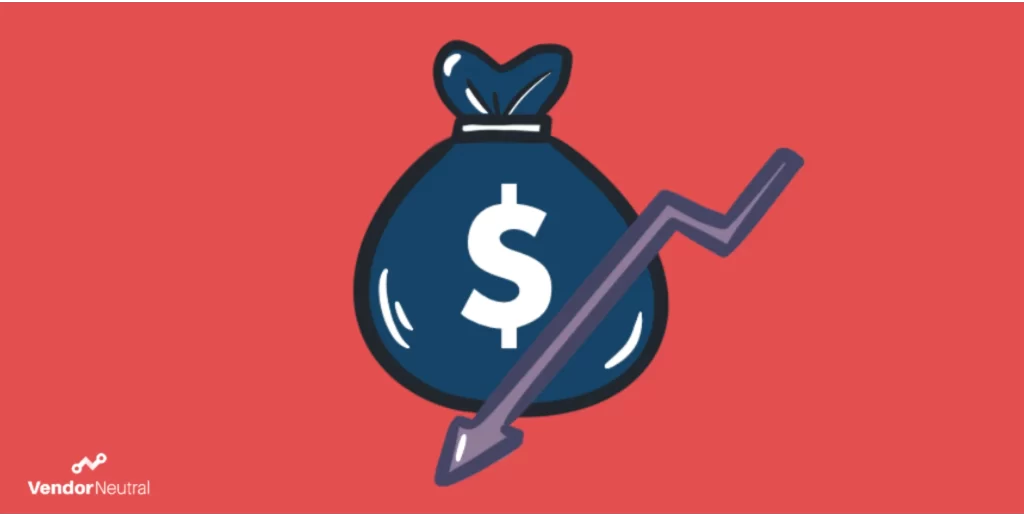
Reducing Total Cost of Ownership (TCO):
Implementing sales technology can be a significant investment. To maximize ROI, it’s essential to reduce the total cost of ownership. You should analyze current processes, identify inefficiencies, and identify solutions that streamline operations and eliminate unnecessary expenses. Organizations can achieve substantial cost savings by optimizing resource allocation and eliminating redundant tools while enhancing productivity and driving revenue growth.
Reducing the total cost of ownership (TCO) surrounding sales technology requires a strategic approach that identifies and addresses cost drivers while maintaining or enhancing the technology’s effectiveness. Here are some ways to achieve this:
- Evaluate Current Technology Stack: Start by thoroughly auditing your existing sales technology stack. Identify redundant or underutilized tools and software. Eliminate or consolidate solutions that don’t provide significant value.
- Vendor Consolidation: If you work with multiple vendors for similar services, consider consolidating them to reduce licensing fees and maintenance costs. Fewer vendors often mean fewer integration challenges as well.
- Cloud-Based Solutions: Consider moving to cloud-based solutions, which often have lower upfront costs, reduced hardware requirements, and simplified maintenance compared to on-premises solutions. Cloud providers typically handle infrastructure maintenance and updates.
- Scalability: Choose scalable solutions that can grow with your business. This avoids frequent technology replacements or upgrades, which can be costly and disruptive.
- Open Source Software: Explore open-source alternatives for some components of your sales technology stack. Open-source software can be cost-effective and offer customization options.
- Subscription Audits: Regularly review your subscription services to ensure you’re not paying for features or licenses that aren’t being used. Adjust your subscriptions based on actual usage.
- Negotiate Vendor Contracts: Negotiate with vendors for favorable contract terms, including volume discounts, flexible payment options, and reasonable maintenance and support fees.
- Training and Skill Development: Invest in training and skill development for your staff to maximize the use of your technology. Well-trained employees are more efficient, reducing the need for additional resources.
- Automation and Workflow Optimization: Implement automation tools and optimize workflows to reduce manual tasks and increase efficiency. Automated processes can save time and money.
- Regular Updates and Maintenance: Keep your sales technology stack up to date with regular updates and maintenance. Outdated software can become inefficient, require more support, and pose security risks.
- Data Management: Implement effective practices to prevent data duplication and ensure accuracy. Poor data management can lead to costly errors and inefficiencies.
- Security Measures: Invest in robust cybersecurity measures to protect your technology stack from potential breaches and data loss, which can result in costly consequences.
- Benchmarking and Performance Metrics: Continuously monitor and benchmark the performance and ROI of your sales technology. Use key performance indicators (KPIs) to identify areas where improvements can lead to cost savings.
- Consult with Experts: Consider hiring technology consultants like Vendor Neutral, who specialize in optimizing sales technology TCO. They can provide tailored recommendations and strategies based on your needs and goals.
Reducing TCO requires a proactive and ongoing effort. Regularly reassess your technology stack, business processes, and cost-saving opportunities to ensure that your sales technology remains cost-effective and aligned with your organization’s objectives.
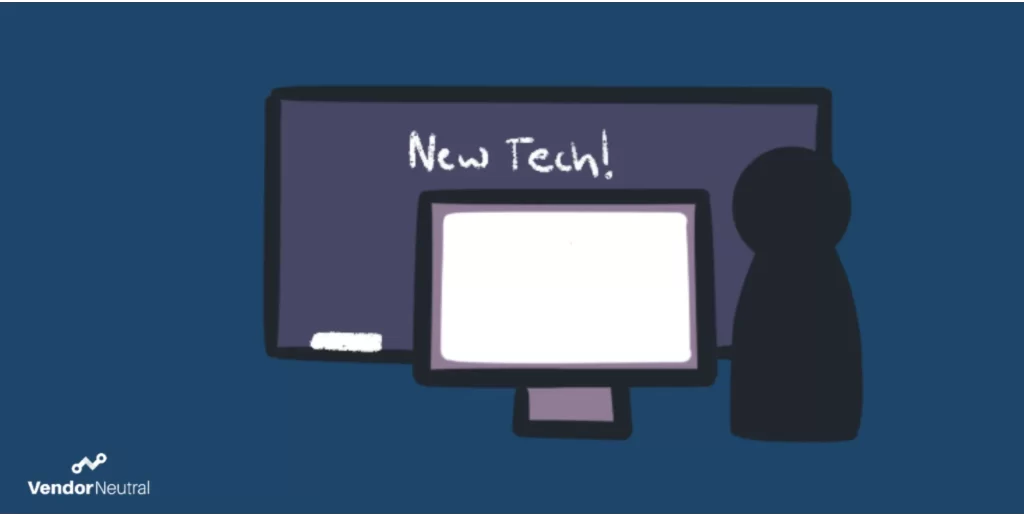
Effective Onboarding Strategies:
Adopting sales and marketing technology depends on effective onboarding strategies and an understanding of a successful implementation surrounding deploying new tools and empowering employees to embrace and utilize these technologies effectively. Tech consultancies like Vendor Neutral work with vendors to help organizations develop comprehensive onboarding programs that include training, documentation, and ongoing support. This level of support ensures a smooth transition and widespread sales technology adoption.
To enhance Effective Onboarding Strategies for successful sales technology adoption, consider the following approaches:
- Customized Training Paths: Tailor training programs to your organization’s users’ learning styles, roles, and skill levels. Providing targeted content ensures employees gain the knowledge they need to excel with the technology.
- Interactive Learning: Incorporate interactive elements into training materials, such as quizzes, simulations, and hands-on exercises. This engagement fosters a deeper understanding and retention of the technology’s capabilities.
- Feedback Loops: Establish mechanisms for gathering feedback from employees during the onboarding process. Encourage them to share their experiences, ask questions, and offer suggestions. This feedback can inform necessary adjustments and improvements.
- Peer Mentorship: Pair new employees with experienced users or mentors who can offer guidance and support. Peer mentorship fosters a collaborative learning environment and eases the transition into using new technology.
- Mobile Accessibility: Ensure that onboarding materials are accessible on mobile devices, allowing employees to learn at their own pace and convenience, even when away from their desks.
- Gamification Elements: Incorporate gamification elements into the onboarding process to make learning more engaging and fun, with awards, badges, points, or prizes for completing training modules or achieving specific milestones.
- Continuous Learning: Onboarding continues after the initial training period. Implement ongoing learning opportunities and refresher courses to keep employees up-to-date with new features and best practices.
- Documentation Hub or Knowledge Base: Create a central repository for documentation, user guides, and FAQs. This resource should be easily accessible and searchable, empowering employees to find answers to their questions independently.
- Scenario-Based Training: Develop training scenarios that mimic real-world sales situations. Employees can practice using the technology in context, which enhances their ability to apply what they’ve learned in their daily tasks.
- Performance Metrics or KPIs: Establish clear performance metrics for technology adoption. Regularly track and communicate progress to motivate employees and reinforce the importance of mastering the new tools.
- Integration with Workflow: Ensure the onboarding process seamlessly integrates with employees’ daily workflow or sales process. Highlight how the technology will improve their efficiency and effectiveness in their roles.
- Leadership Support: Secure buy-in and support from leadership, encouraging them to participate in the onboarding process actively. When leaders champion the technology, it sets a positive example for the entire organization.
- User Communities: Foster a sense of community among technology users. Encourage employees to share tips, best practices, and success stories in a dedicated forum or community platform.
- Multilingual Support: If your organization has a diverse workforce, provide training materials and support in multiple languages to ensure inclusivity.
- Measurement and Feedback Loop: Continuously evaluate the effectiveness of your onboarding strategies through surveys, user feedback, and key performance indicators. Use this data to refine and improve your onboarding programs over time.
By incorporating these approaches, you can create a robust and adaptable onboarding strategy that facilitates effective sales technology adoption and promotes ongoing learning and skill development among your workforce.
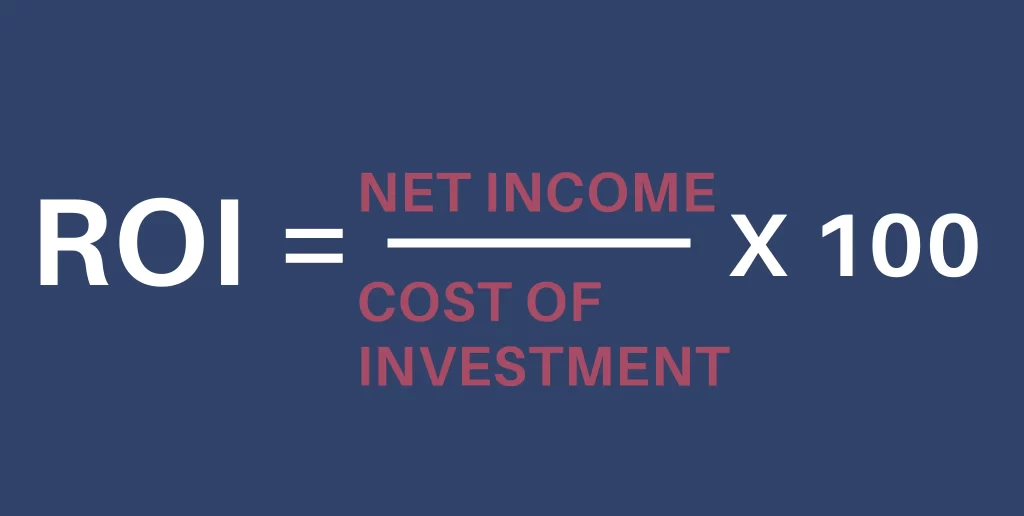
Improving Long-Term Return on Investment (ROI):
For organizations to realize the full potential of their sales technology investments, it is crucial to focus on long-term ROI. Establish key performance indicators (KPIs) and develop metrics to measure success. By continuously monitoring and analyzing data, you will identify areas for improvement, optimize processes, and align technology with business objectives, enabling your organization to achieve sustainable growth and maximize its return on investment.
(ROI = Net income / Cost of investment x 100)
In the age of digital transformation, sales and marketing technology plays an integral role in driving business success. As a sales technology consultancy, Vendor Neutral’s expertise lies in bridging the gap between technologically adept organizations and those needing help establishing an effective sales and marketing technology strategy. We help organizations unlock the full potential of their sales technology investments, enabling them to thrive in today’s competitive landscape. Please don’t hesitate to contact us or book a meeting for a free discovery call.
